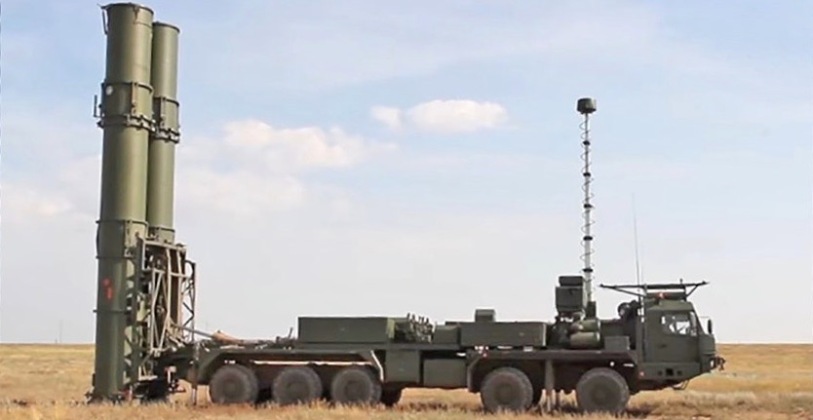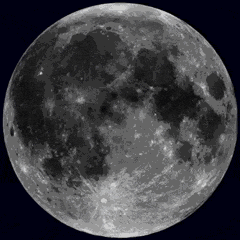Belarusian President Alexander Lukashenko has elaborated on the state of his country’s nuclear weapons infrastructure inherited from the Soviet Union, after highlighting the possibility that Belarus could use this to host Russian nuclear weapons in future. He stated that almost all launchers for nuclear-tipped Topol intercontinental range ballistic missiles in Belarus had been preserved since the Soviet era and were ready for use. “Why did I become an enemy for the West? Not because I am a dictator. Because all the sites on which Topol [missiles] stood, except one, are completely preserved and are still ready for use,” he stated. He further elaborated that former Russian President Boris Yeltsin, who ruled the country in the 1990s and strongly aligned it with Western interests, had sought to press for the destruction of launching facilities in Belarus as his administration in Moscow was itself under pressure from the United States. “I said no. But when the pressure was extreme so that you know, I can prove and show it, we blew up one site, it was in the forest, the sites are not just 10 centimetres there, it is very big [area].”

President Lukashenko has also indicated that his country could purchase the S-500 strategic air defence system, which would complement the deployment of nuclear weapons to Belarus by providing a defence against possible strikes against nuclear infrastructure. The S-500 is capable of intercepting intercontinental range ballistic missiles, bombers and hypersonic cruise missiles, as well as satellites and AWACS aircraft which could be used to provide targeting data on nuclear sites. Belarus has increasingly moved to integrate its armed forces closely with Russia since relations with the West deteriorated sharply from September 2020 in the wake of Western imposition of economic sanctions on Minsk and support for protests and riots in the country. A rise in tensions in November saw Russia deploy nuclear-capable strategic bombers to fly over Belarusian airspace, which followed a number of major arms contracts being signed in September to modernise the Belarusian armed forces with Russian arms. The possibility of Russian nuclear weapons on Belarusian soil was raised after indications that U.S. nuclear weapons could be deployed to Eastern Europe.
